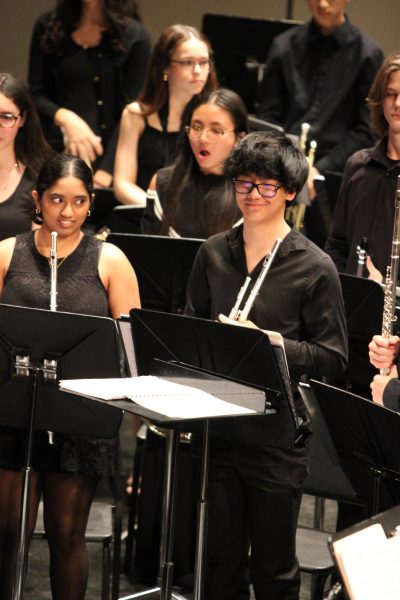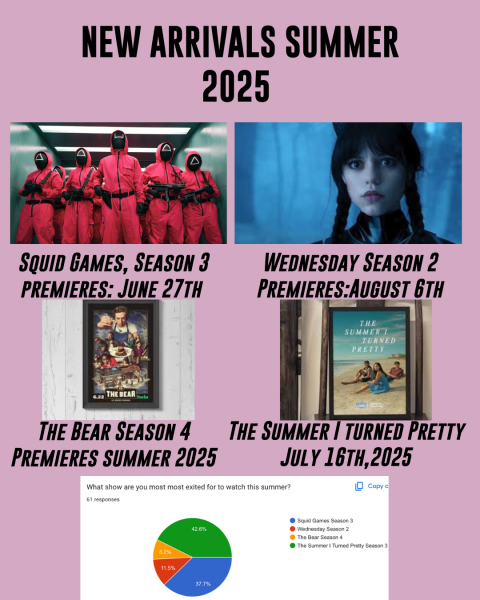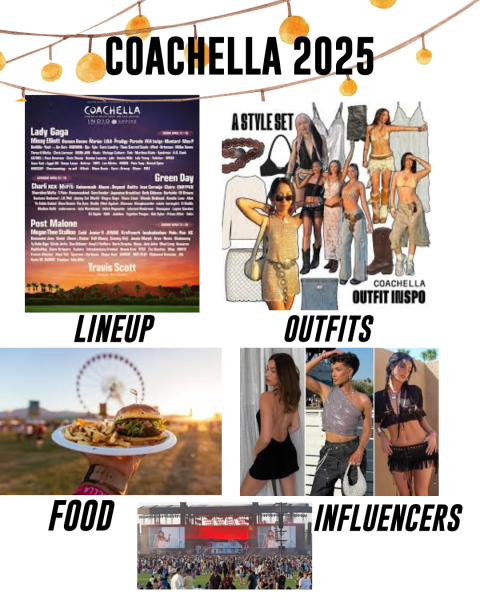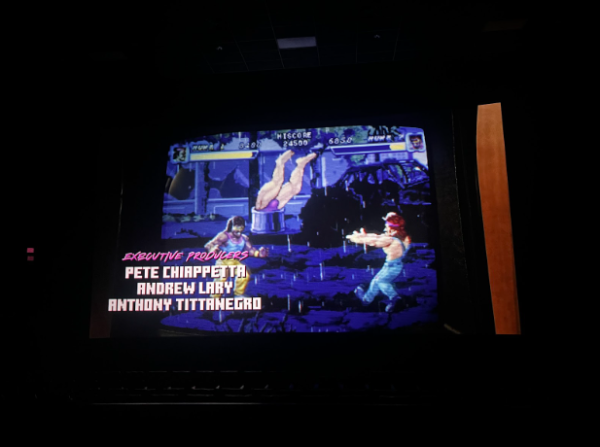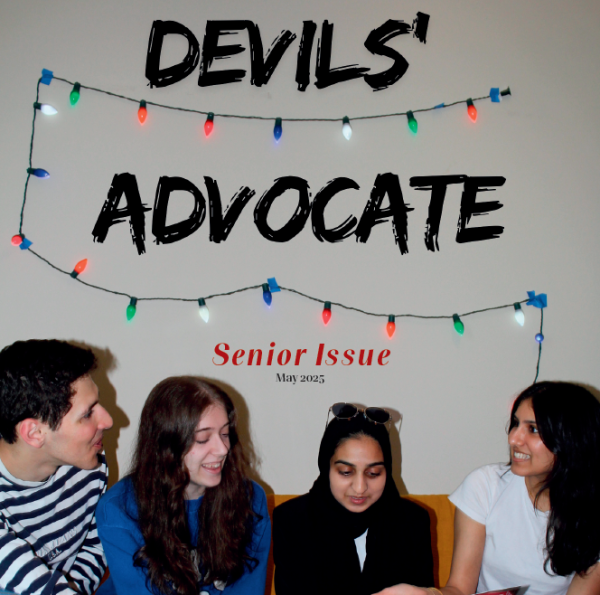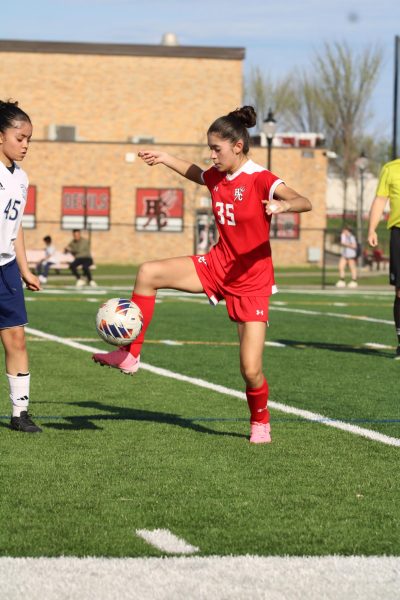AI impact on art

Aleksandra Korza painting a self portrait in the art hallway with the help of Madeline Miller.
ChatGPT, Google Bard, and Amazon AI are names one may have heard of recently due to the explosion in discussion about the new role of complex AI systems in society today. And the emergence of AI art is no exception to this; the question now is what we can define as art.
Art has always had movements that push the boundaries of what can be defined as art. Marcel Duchamp’s piece from the early 1900’s, which was literally an everyday fountain, led to questioning of what can qualify something as art. Andy Warhol and Jackson Pollack pushed the boundaries of art, and they were both met with criticism that disregarded their art as actual art.
AI art is no exception to this, as people wonder if the pieces created from it can be qualified as art and whether the people who create them are artists.
“I think that people who have used the AI art and integrated it into their art are artists, but I wouldn’t say that someone who just goes on to an AI website and types in a phrase then becomes an artist,” said Katy Tam, sophomore in art club.
AI art is able to create images by being fed millions upon millions of images that it learns algorithms from. Eventually, it is able to recognize patterns from prompts that people feed it.
But many people are concerned about how AI websites like Stable Diffusion, E2, and Midjourney source their images to fuel the AI. Artists Sarah Anderson, Kelly McKernan, and Karla Ortiz are suing Stable Diffusion and Midjourney, alleging the companies used photos from them and other artists without their consent. Getty Images is also suing Stable Diffusion for using more than 12 million photographs from their database.
“People may view AI as just something [they] can use for fun quickly and not think about the artists that it might be stealing from,” said Madeline Miller, junior who currently participates in AP Studio Art at Central. She is looking into a possible career with art, and like many others, is concerned with its monetary value now that AI art is so readily available.
One example of profiting off of AI art is when Jason Allen won a $300 cash prize from an art competition in Colorado with an AI art. The win created mixed reactions and brought a major question to mind: will AI art decrease the value of real art?
“I would say if anything, it would make it more valuable because of the human touch, and you can’t replace that,” said Alexandra Zdun, art teacher at Central. “I hope in the future that AI also recognizes the importance of making sure that it’s legal.”
Zdun went on to mention how AI might be used as a tool in her classroom, but not as its own art form for now.
The future of AI art is not yet determined, but the controversy surrounding it will likely continue. Whether it becomes just another movement that becomes accepted in the art space or is under continuous scrutiny is yet to be known. From professionals to even student artists, many will be impacted by this new aspect of the digital world.
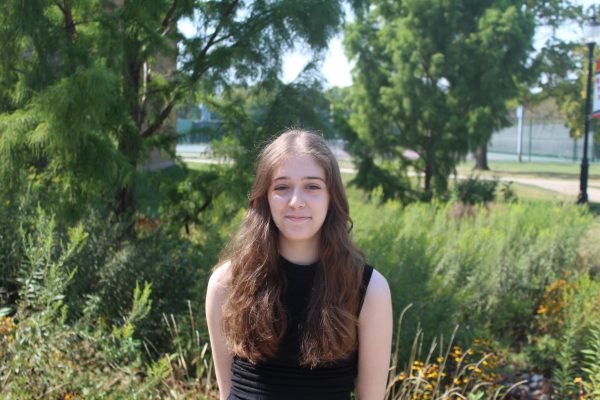
Leah Packer, senior, is excited to return to Devils’ Advocate as Editor-in-Chief this year. She is a member of Mock Trial and Ambassadors Club at Central....



